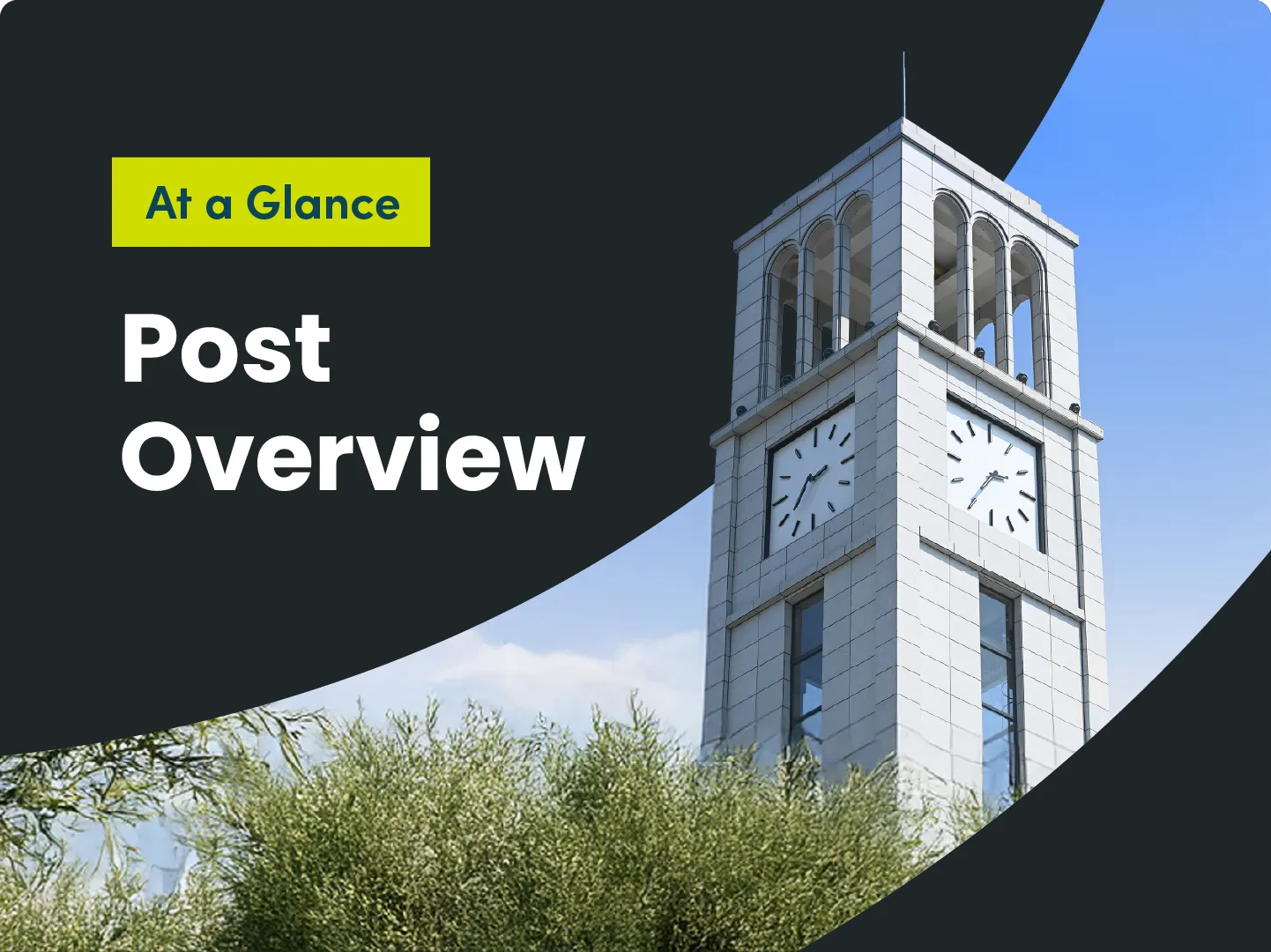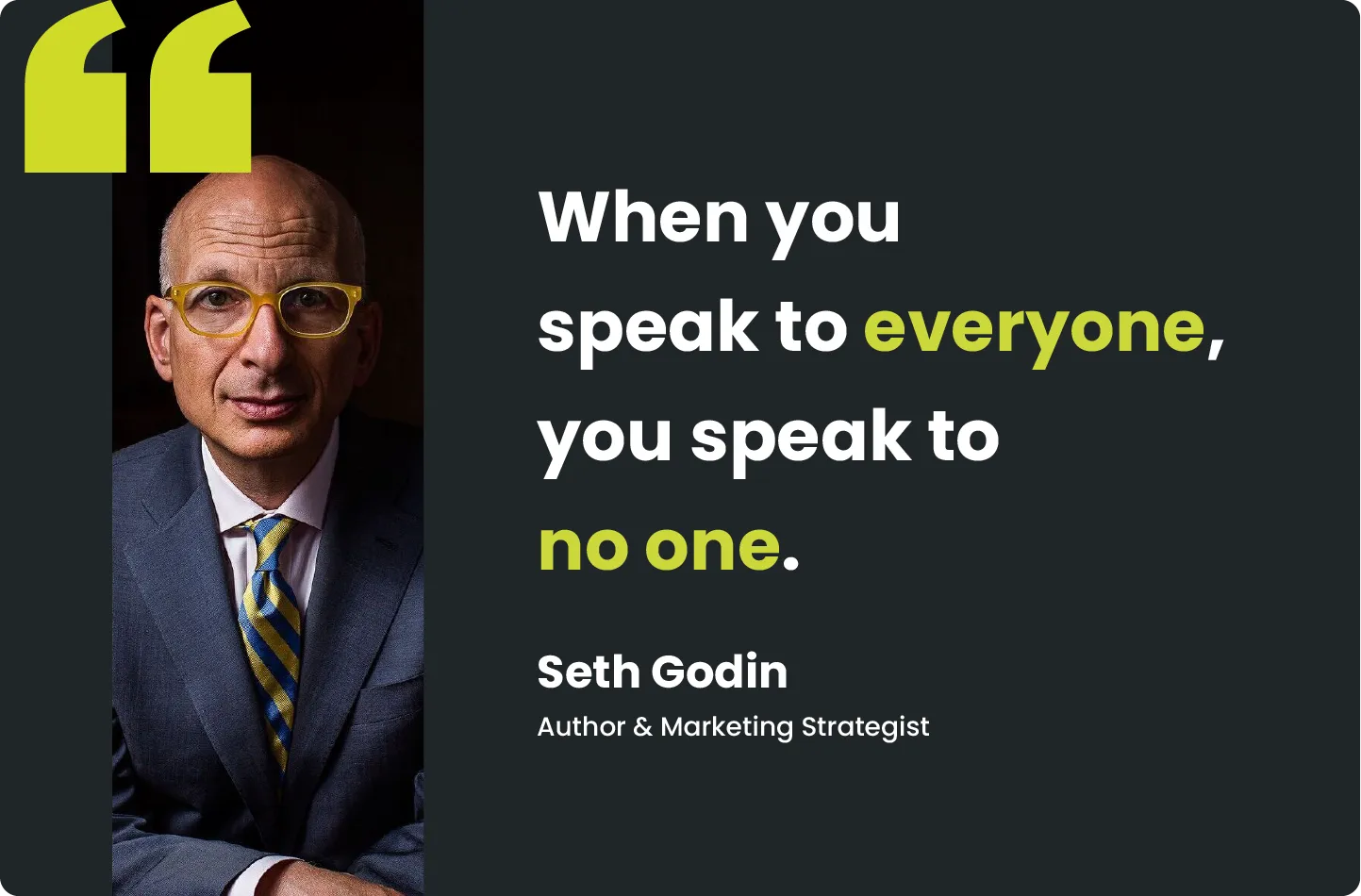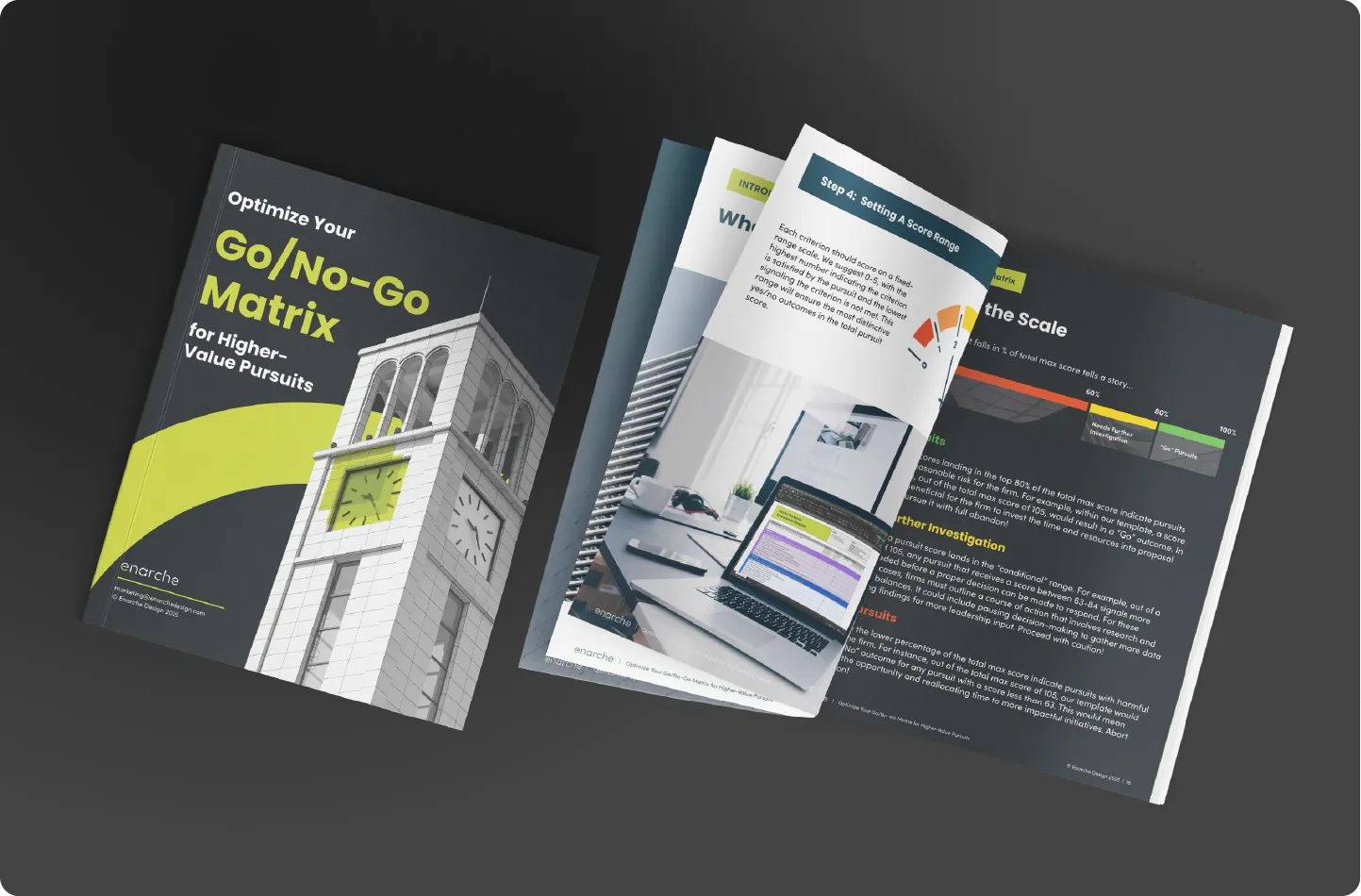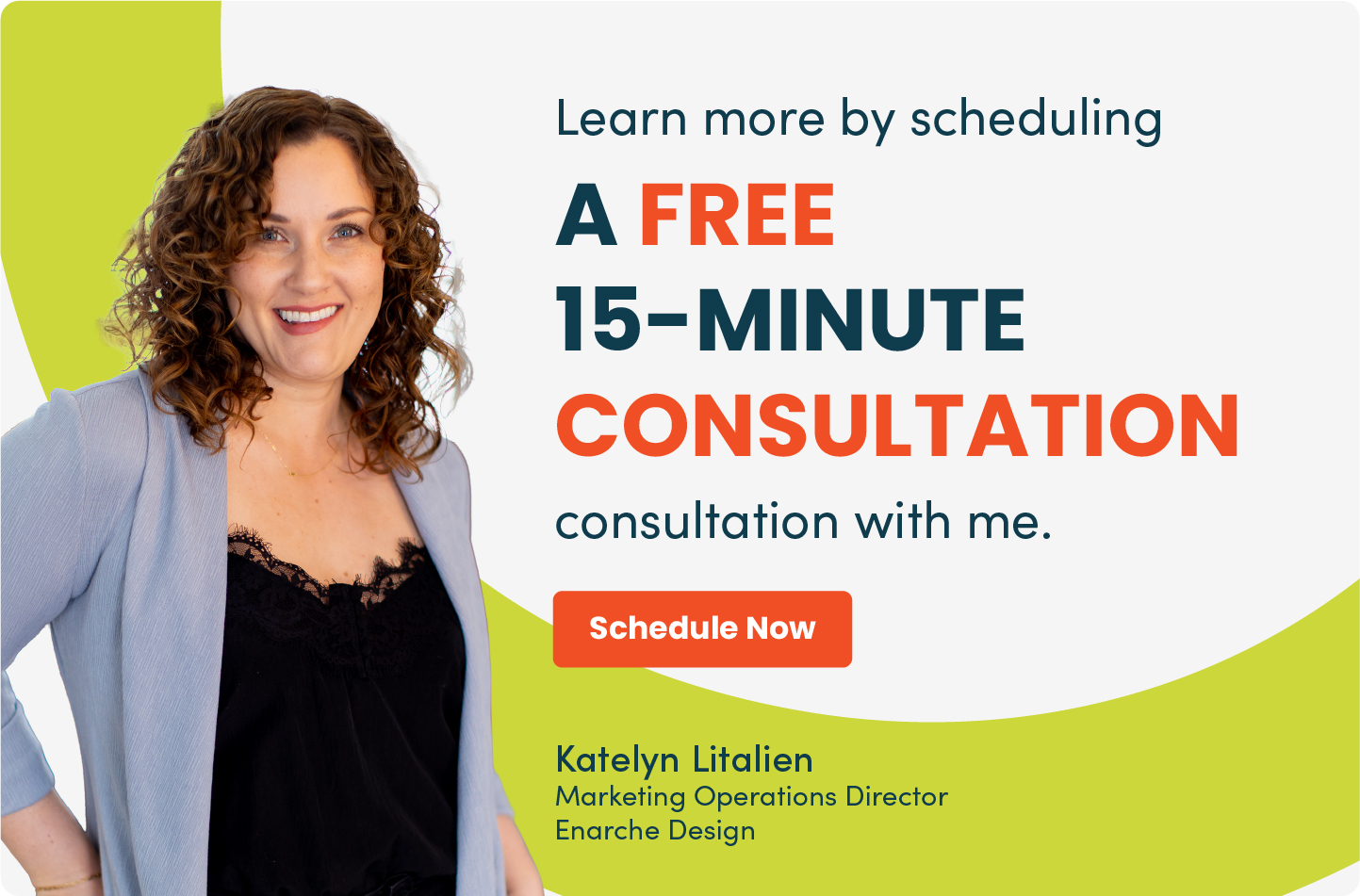1. Trying to Be Everything to Everyone
To quote author and marketing guru Seth Godin, “When you speak to everyone, you speak to no one.”
It’s a powerful statement that sheds light on one of the most common and costly mistakes architecture and engineering firms make: trying to
appeal to everyone. This often stems from an understandable fear of missing out on potential work or a desire to appear flexible to a
diverse range of clients. But in practice, this generalized approach leads to diluted messaging, unclear positioning, and missed
opportunities.
Notably, the number of proposals firms are submitting has dropped significantly, with Deltek’s estimates suggesting a 38% decline. However,
the value of these pursuits has risen just as dramatically, with a 54% increase in the value of work awarded. This shift signals a more
strategic, selective approach to pursuits, where firms are focusing less on volume and more on impact. It’s a reminder that success doesn’t
hinge on how many proposals you submit, but on how well each opportunity aligns with your firm’s strengths and how equipped your firm is to
execute a project.
Trying to appeal to everyone doesn't just impact your business development strategy — it weakens your marketing, too. If your content
is too broad or vague, potential clients can’t see themselves in your messaging. Generic, one-size-fits-all case studies, social
posts, and website copy fail to spark meaningful engagement or build lasting trust.
Instead of generalizing, be specific with pursuits and with your messaging. Carefully consider the types of clients your firm wishes to work
with – and why. Who are they? What do they care about? What pain points are they experiencing, and how does your firm uniquely address them?
Your aim should be to clarify who you're trying to reach, what they care about, and how to connect with them effectively.
Once you understand who your ideal client is, it becomes easier to be specific with your pursuits and more targeted in your marketing.
Prioritize the kind of work that aligns equally with your firm’s strengths and strategic goals, backing up your reasoning with expertise and
differentiation. The more you tailor your message to the right audience, the more confident and compelling your brand becomes.
Align your pursuits with your ideal client using our Go/No-Go
Matrix Guide + Template.








